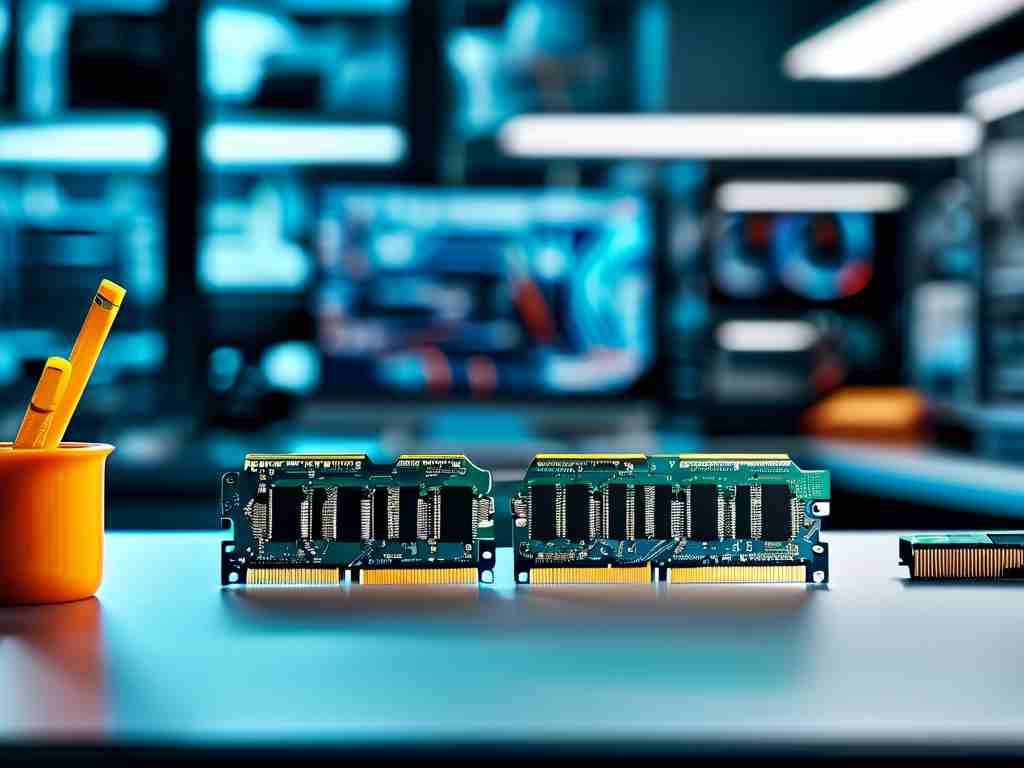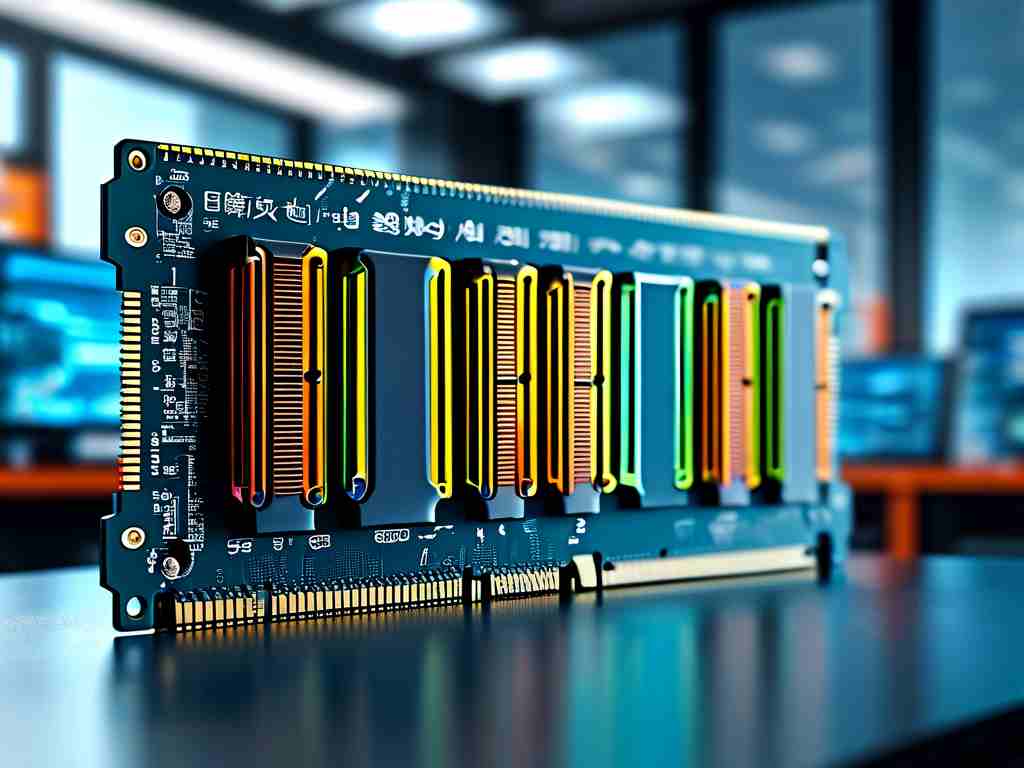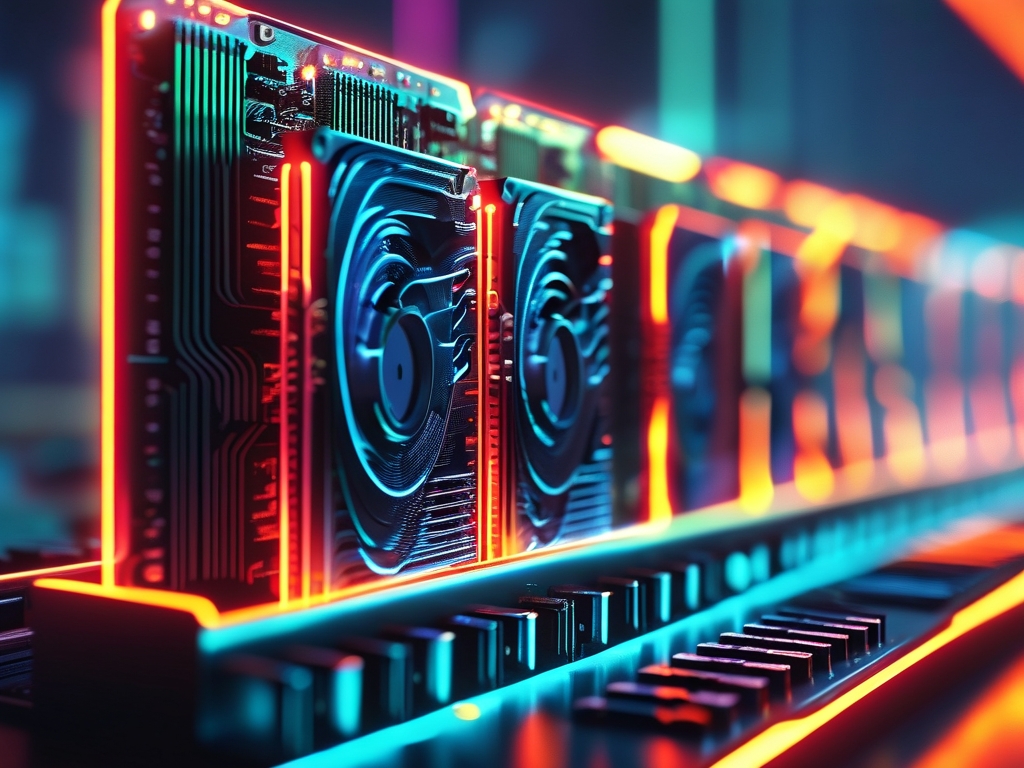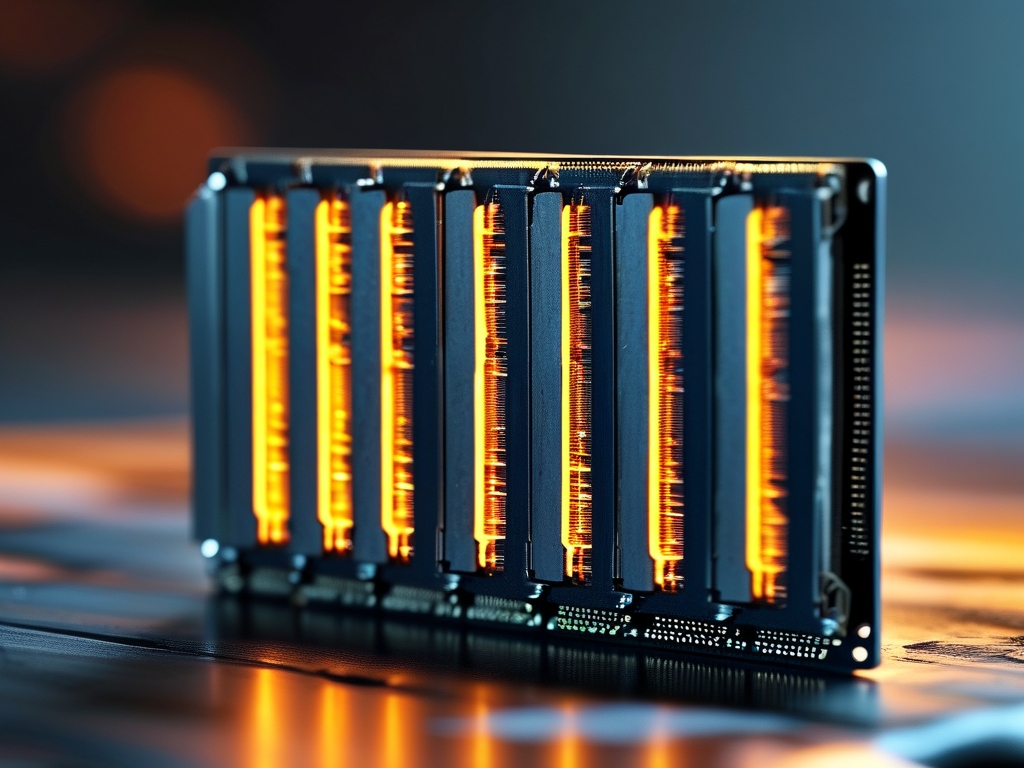When building or upgrading computer systems, enthusiasts often focus on two critical RAM specifications: frequency (measured in MHz) and timing values (denoted as CL-tRCD-tRP-tRAS). While these numbers appear in every memory module's specifications, few users understand how they collectively determine real-world performance. This article reveals the mathematical relationship between these parameters and provides practical methods to calculate true memory latency.

The Frequency Illusion
Memory frequency represents how many data cycles occur per second. A DDR4-3200 module completes 3.2 billion transfers per second through its double data rate design. However, raw frequency alone doesn't dictate performance – it primarily affects bandwidth rather than response speed. High-frequency memory enables faster bulk data transfers but doesn't necessarily reduce the time needed to access the first byte of data.
Decoding Timing Values
Memory timings specify operational delays measured in clock cycles:
- CL (CAS Latency): Delay between column address activation and data availability
- tRCD (Row to Column Delay): Time needed to activate a row before accessing columns
- tRP (Row Precharge Time): Duration to close an active row
- tRAS (Row Active Time): Minimum time a row must remain open
These four-digit values (e.g., 16-18-18-36) create a performance fingerprint. Lower numbers indicate faster response at the cycle level, but their real-world impact depends on clock speed.
The Latency Calculation Formula
Actual nanoseconds delay can be calculated using:
Latency (ns) = (CAS Latency ÷ (Frequency ÷ 2)) × 1000 For DDR4-3200 CL16:
(16 ÷ (3200 ÷ 2)) × 1000 = (16 ÷ 1600) × 1000 = 10ns This demonstrates how lower CAS latency compensates for higher frequencies. A DDR4-3600 CL18 module would have identical 10ns latency despite its faster clock speed.
Frequency-Timing Tradeoffs
Manufacturers balance these parameters through binning processes:
- High-frequency kits often require relaxed timings
- Tight-timing modules typically run at moderate frequencies
- Premium "specially binned" chips achieve both high frequency and low latency
Overclockers face physical limitations – pushing frequency beyond certain thresholds forces timing increases due to signal integrity requirements. This explains why extreme DDR5-8000 kits might use CL38 timings instead of standard CL40.
Real-World Performance Impacts
Different applications respond uniquely to these parameters:
- Gaming: Benefits from balanced frequency and latency
- Content Creation: Prioritizes bandwidth (higher frequency)
- Database Operations: Requires ultra-low latency
Testing shows that reducing latency from 16-18-18-36 to 14-16-16-32 at 3200MHz improves frame rates by 3-5% in CPU-limited scenarios. However, upgrading from 3200MHz CL16 to 3600MHz CL18 might show no improvement despite higher frequency.
Practical Optimization Guide
- Calculate true latency using the ns formula
- Compare modules within similar technology generations
- Consider motherboard compatibility and voltage requirements
- Test stability when manually adjusting timings
Advanced users can employ tools like Thaiphoon Burner and DRAM Calculator for Ryzen to find optimal settings. A DDR4-4000 CL19 kit might manually tighten to CL17, achieving 8.5ns latency – comparable to expensive low-latency modules.
Future Developments
DDR5 introduces two innovations affecting these calculations:
- On-die ECC adds latency but improves stability
- Split bank architecture allows overlapping operations
While DDR5-4800 CL40 initially showed higher latency than DDR4, new JEDEC standards (DDR5-6400 CL32) promise 7.5ns latency – 25% improvement over DDR4's best commercial offerings.
Understanding these technical relationships empowers users to make informed decisions rather than chasing superficial specifications. By calculating true latency and considering application requirements, buyers can optimize their memory investments without overspending on unnecessary premium features.





